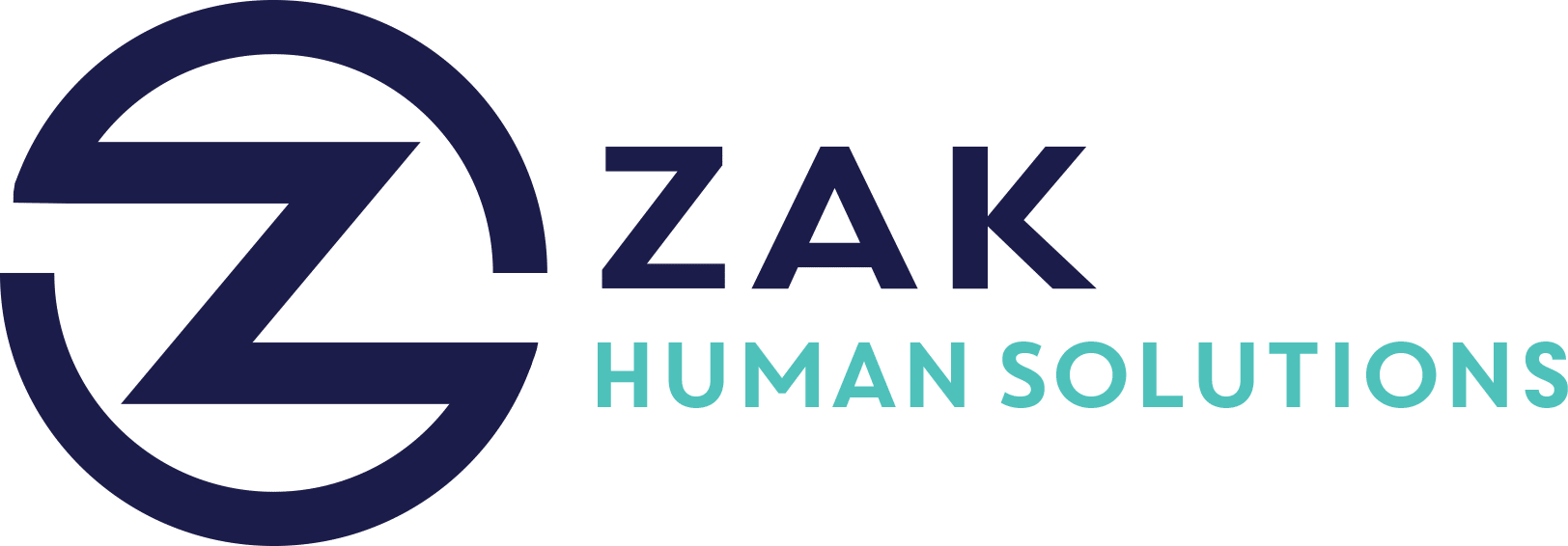Key Takeaways
- CHROs from Fortune 500 companies see employer-sponsored child care benefits as crucial for talent retention and acquisition.
- The 2025 KinderCare CHRO Perspectives Survey highlights growing demand for flexible child care solutions.
- 85% of HR leaders believe child care benefits reduce employee turnover, while 86% say they aid in attracting talent.
- Flexible child care benefits are seen as essential, particularly as 83% of HR leaders notice its impact on mental health.
- Despite benefits, HR leaders face challenges convincing the C-Suite of the long-term ROI and dealing with budget constraints.
- A gap exists between HR leadership priorities and employee expectations on the importance of child care benefits.
- 89% of HR leaders plan to expand child care offerings to meet evolving employee needs in the next five years.
- KinderCare collaborates with over 700 organizations to customize child care solutions, enhancing employee satisfaction and retention.
In the fast-evolving landscape of workplace benefits, Fortune 500 companies are increasingly championing employer-sponsored child care as an essential strategy for attracting and retaining top talent. With insights drawn from the 2025 KinderCare CHRO Perspectives Survey, this blog post explores the growing demand for flexible child care solutions, the challenges HR leaders face in implementing them, and the strategic advantage they offer to organizations aiming to stay competitive in today’s market.
The Rising Importance of Child Care Benefits
Child care benefits have climbed the ranks of workplace priorities, not just as a support for working parents but as a pivotal component of talent management strategies. According to the KinderCare survey, an impressive 85% of HR leaders believe that providing child care solutions helps reduce employee turnover, while 86% see it as a crucial tool for attracting new talent. As work environments continue to evolve, the demand for these benefits is only expected to grow.
Flexibility: The New Workplace Currency
In an age where hybrid work models are becoming the norm, flexibility in child care options has become indispensable. 83% of HR leaders acknowledge the positive impact of child care benefits on employee mental health, underscoring the necessity for customizable solutions that cater to the diverse needs of employees. This shift towards flexibility represents a broader workplace trend where employee well-being takes precedence, directly influencing satisfaction and productivity levels.
Challenges in Adoption
Despite recognition of their importance, HR leaders face significant hurdles in expanding child care benefits. A major challenge lies in convincing the C-Suite of the long-term return on investment (ROI). With budget constraints and a lack of clear data on employee needs, proving the value of these benefits can be daunting. Additionally, there exists a notable gap between leadership priorities and employee expectations—while HR leaders rank child care benefits seventh in importance, employees place them third.
Bridging the Gap: Aligning Priorities with Expectations
The disconnect between what HR leaders prioritize and what employees expect poses a risk to organizational alignment and satisfaction. Addressing this gap requires not just an investment in child care solutions but a holistic approach to understanding employee needs and integrating their feedback into strategic planning. Engaging with employees regularly and transparently can help align organizational goals with personal needs, fostering a more cohesive work environment.
Looking Ahead: A Collaborative Approach
The future of child care benefits lies in collaboration. With 89% of HR leaders planning to expand their offerings over the next five years, partnerships with organizations like KinderCare can be instrumental. By customizing solutions to address unique employee needs, employers can create an inclusive, supportive environment that drives engagement and loyalty. KinderCare’s existing collaboration with over 700 organizations reveals a model that combines flexibility with practical implementation.
Actionable Steps for Organizations
- Assess Employee Needs: Regularly survey employees to understand their child care requirements and expectations.
- Engage in Dialogue: Facilitate open communication between HR, employees, and executive leadership to bridge priority gaps.
- Invest in Flexible Solutions: Consider partnerships with child care providers to offer tailored benefits that meet diverse needs.
- Demonstrate ROI: Develop case studies and gather data to effectively communicate the long-term benefits of child care solutions to stakeholders.
- Focus on Well-being: Position child care benefits within the broader framework of employee wellness initiatives.
The strategic integration of child care benefits into workplace offerings represents a forward-thinking approach to talent management. Not only do these benefits offer a competitive edge in recruitment and retention, but they also foster a work environment where employee well-being is prioritized. As businesses ready themselves to meet the demands of a dynamic workforce, investing in flexible, employer-sponsored child care solutions emerges as a critical element of success.




